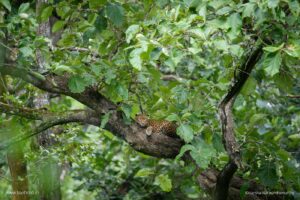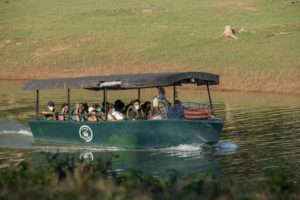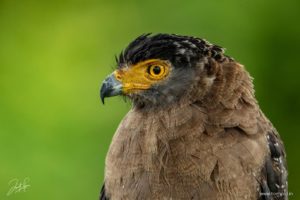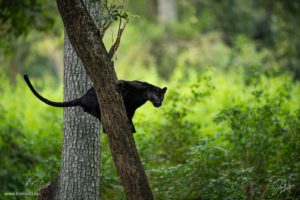Birds inspire us as the ultimate symbol of freedom, and on the birthday of a man who lived for freedom and died for it, we celebrate the spirit with five record-setting birds.
1. Heaviest bird capable of flight: kori bustard
Native to Africa, this elegant avian beauty is a ground-dwelling, opportunistic omnivorous bird, and the largest living animal in the world that’s capable of flight, although it spends up to 70% of its time on foot. Found in open grassy regions that are generally characterised by sandy soil – like the Kalahari sands – these birds are also found in lightly-wooded savannahs, arid plateaus and scrub, plains and semi deserts.
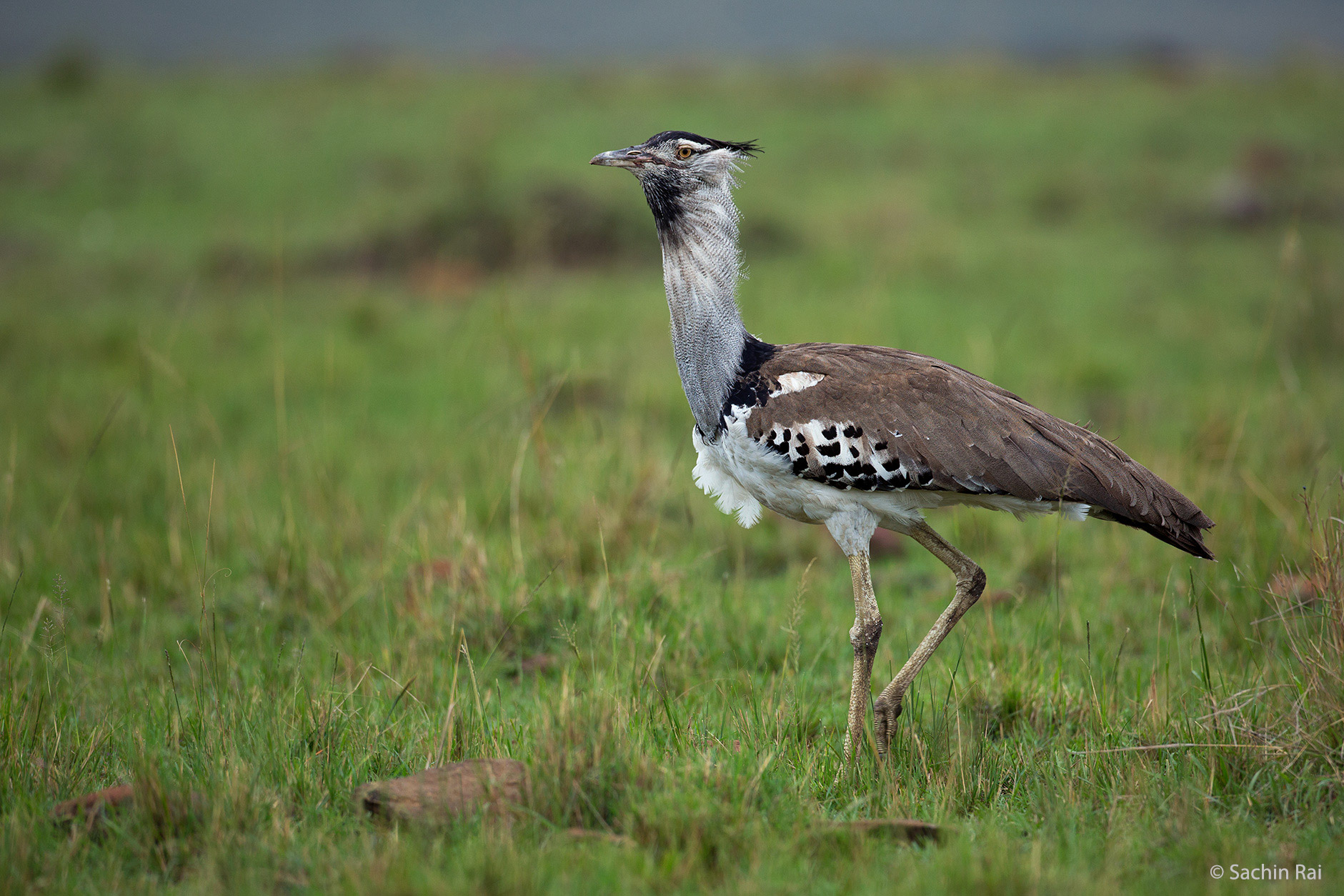
The male kori bustard can weigh more than twice as heavy as the female, and doesn’t take part in raising offspring. The species is prominent in several native African cultures, with the adult males well-known for their impressive displays and the nesting females for their cryptic behaviour. It is found in many paintings in the ancient San rock art and is also featured in the songs and dances of the San people.
Encounter this amazing bird on our Big Cat Week and Harvest in the Savannah Photography Tours.
2. Tallest bird capable of flight: sarus crane
The tallest of the flying birds stands at a height of up to 1.8 metres (5 feet 11 inches) and is considered an iconic dweller of open wetlands. The overall grey colour of its body and the stunningly contrasting red head and upper neck make them easily distinguishable from the other cranes.
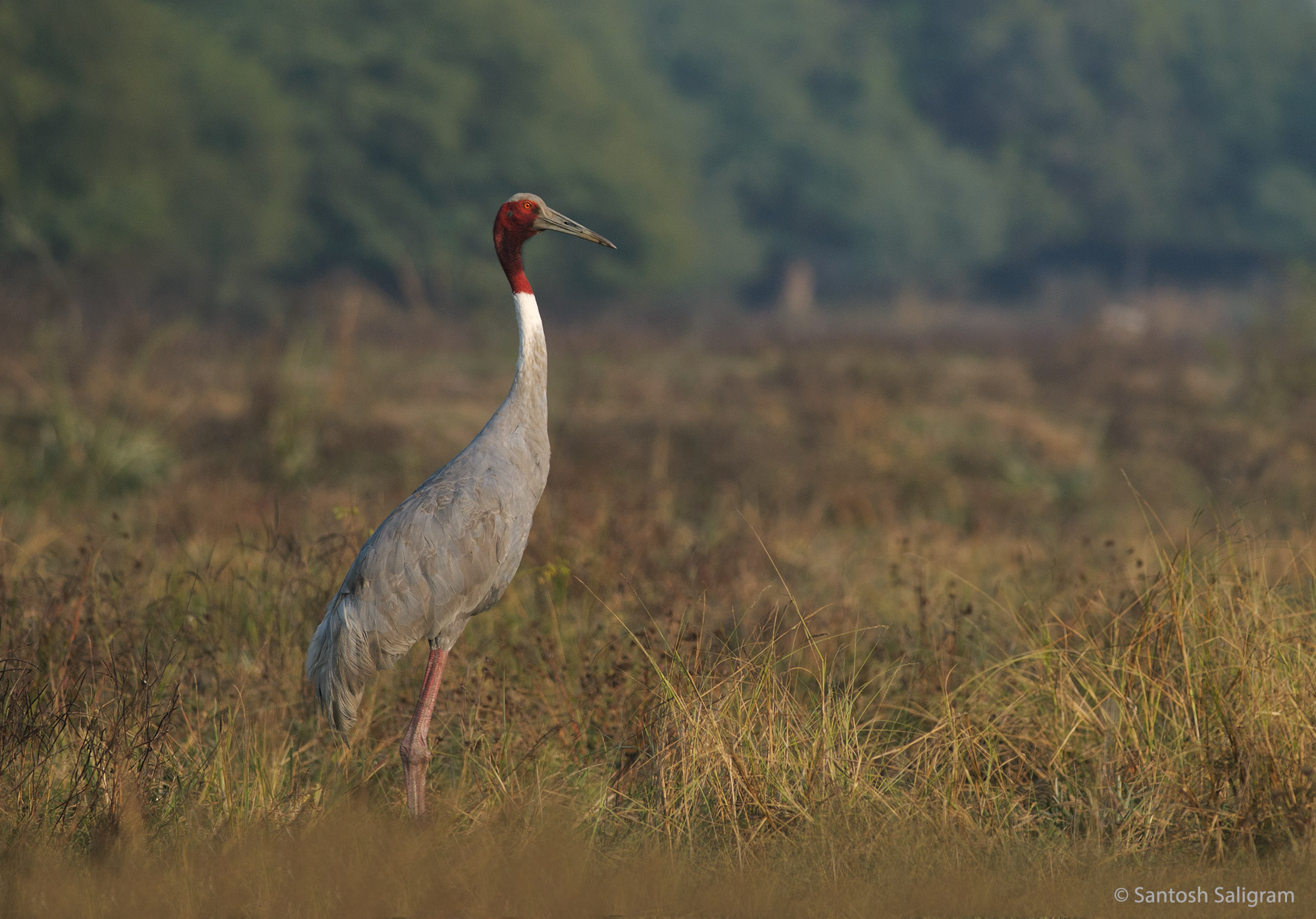
Revered in India and also being a close contender to the Indian peafowl as the national bird of the country and considered sacred by some tribes, sarus cranes apparently pair for life and when one dies, the other is known to pine to death, making the bird also a symbol of marital virtue.
Behold this elegant bird on a Custom Tour we can arrange for you to Bharatpur.
3. Largest living bird: ostrich
The largest flightless bird, the ostrich, weighs as much as two adult humans. Adult males are as tall as 6 ft 11 in to 9 ft 2 in, while females range from a stately 5 ft 7 in to 6 ft 7 in. Ostriches have inspired several cultures and civilisations in Egypt and Mesopotamia for 5,000 years, and have been a vital part of human life ever since 60,000 BP.
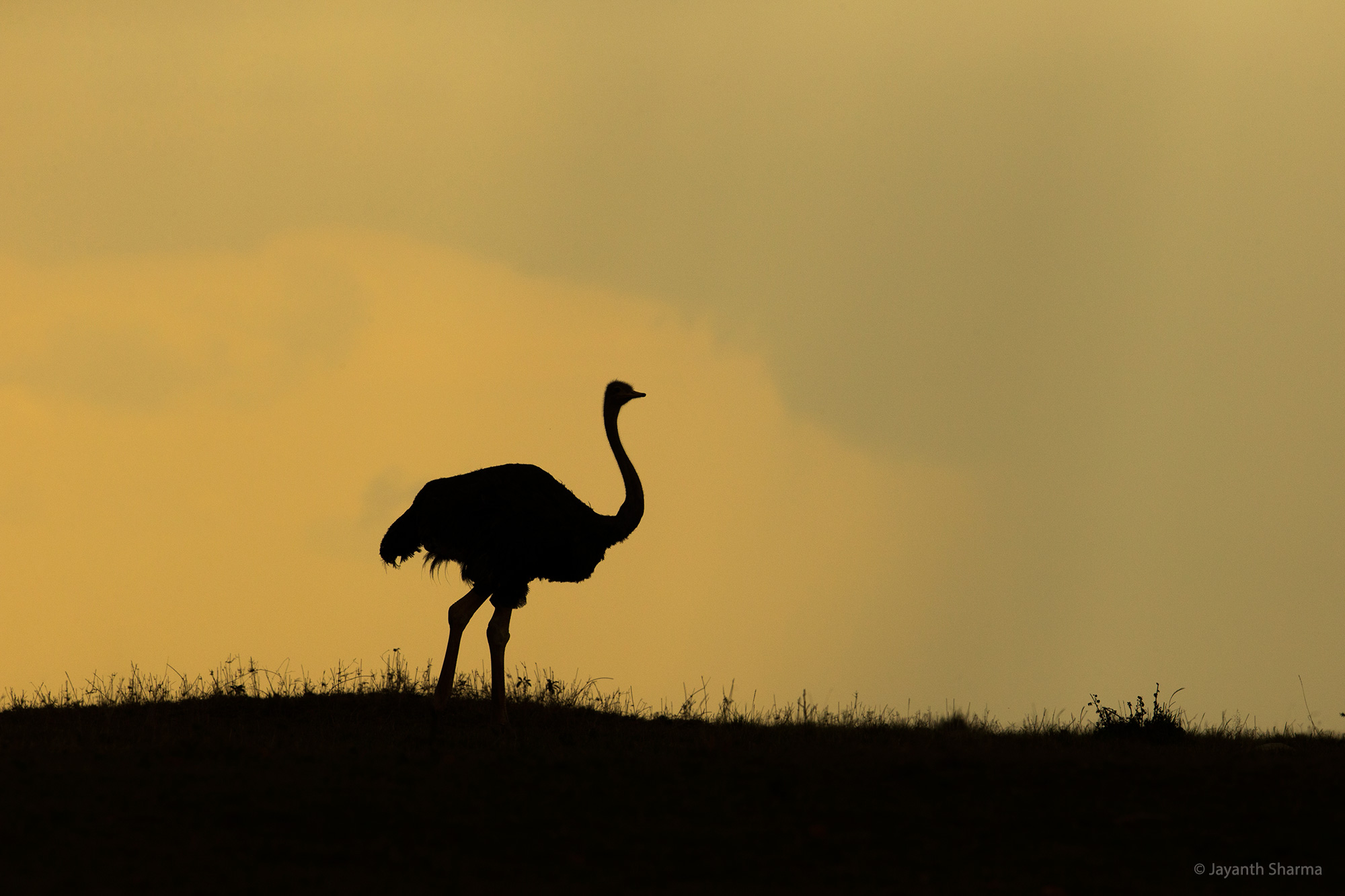
And here’s a myth-buster: the ‘head in the sand’ myth about ostriches isn’t true; they do not bury their heads in sand to avoid danger, and National Geographic suggests that it may have been a misunderstanding of their defensive behaviour of lying low.
Enjoy the spectacular sighting of this bird on our Big Cat Week and Harvest in the Savannah Photography Tours.
4. Highest flying bird: Rüppell’s vulture
Also known as Rüppell’s griffon vulture, this large vulture that’s native to central Africa is the highest flying bird at a dizzying altitude of 37,000 ft above sea level. They commonly fly at about 20,000 ft, and can fly for about seven hours a day. Consider that they can even fly as far as 150 kilometres in search of food, and it clearly appears as though they’ve achieved the heights of flight.
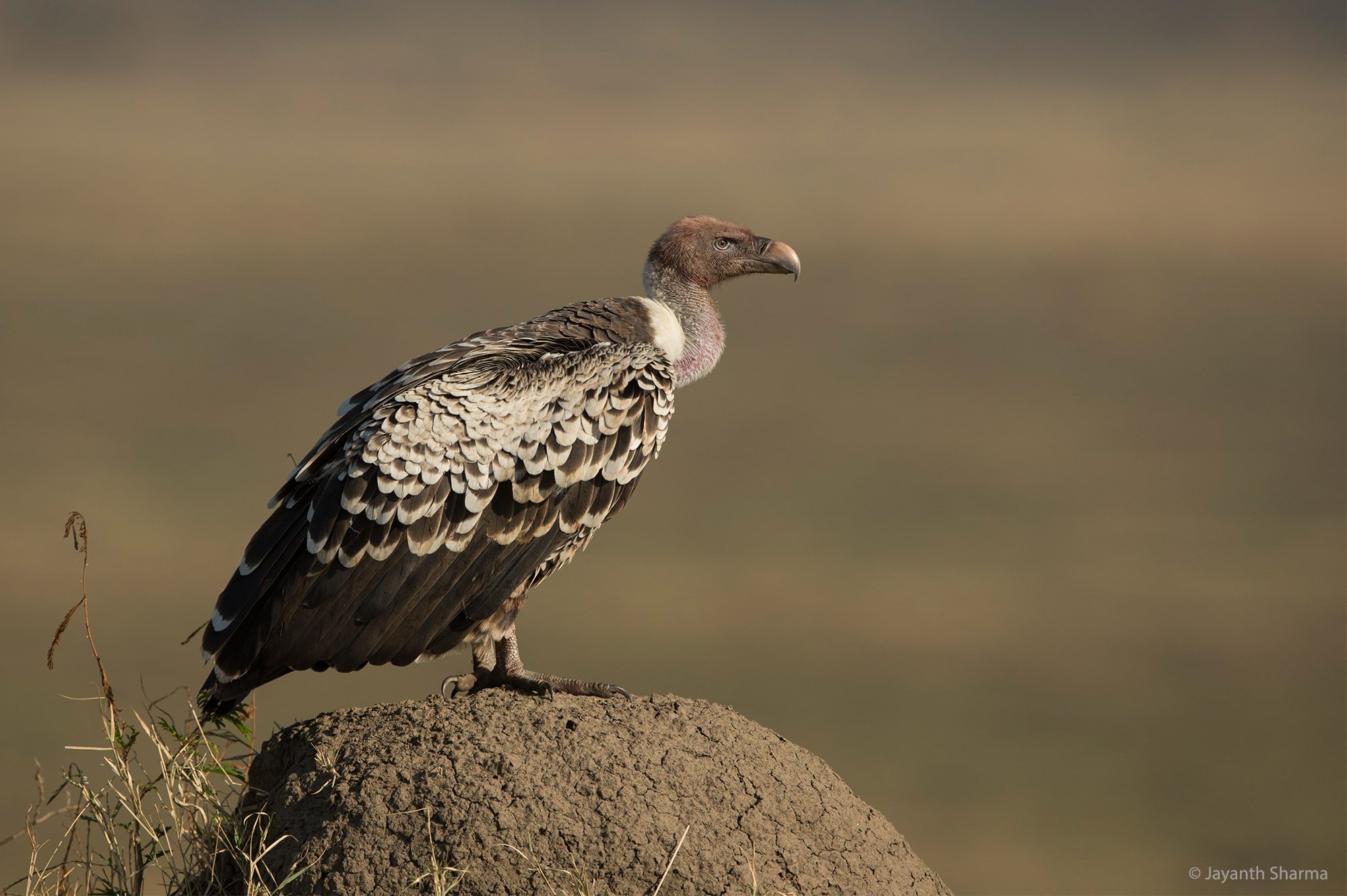
They are known to be social, gathering to feed in large flocks. Their dwelling range, from grasslands and woodlands to mountains, extends across the Sahel region of Africa. The meat of Rüppell’s vulture is consumed, and in several African cultures, different vultures are used for superstitious magic tricks and for medicine, and this has contributed to the rapid decline of their population.
Watch this majestic avian creature on our Big Cat Week and Harvest in the Savannah Photography Tours.
5. Fastest diving bird: peregrine falcon
Historically known as the duck hawk and also called the peregrine, the peregrine falcon is a sexually dimorphic, bird-eating raptor. These wandering falcons reach more than 320 km/h during its distinctive hunting dive, a stunning stoop to watch. The peregrine falcon is the national animal of the United Arab Emirates.
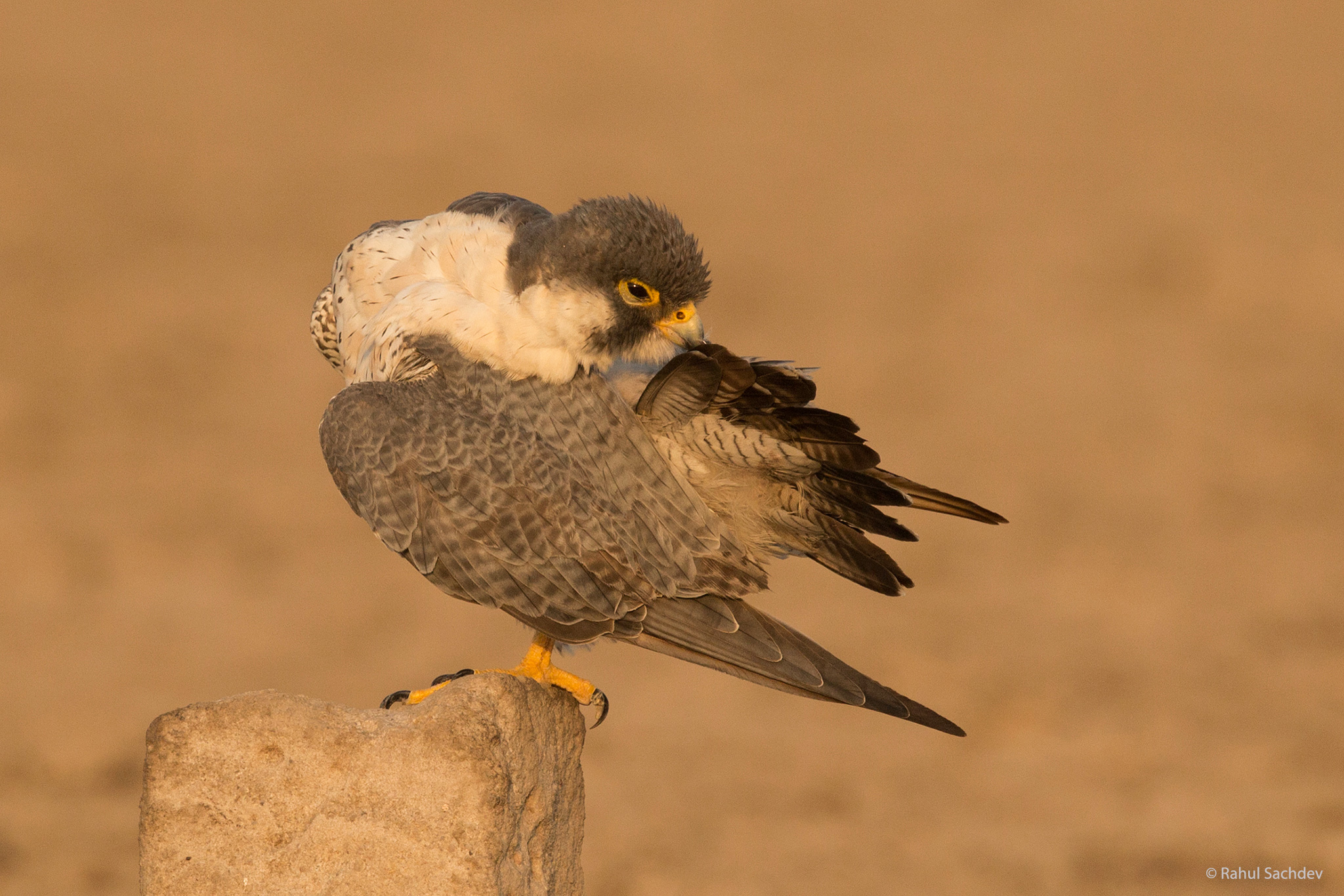
Due to its versatility, hunting ability and trainability, the peregrine falcon is a venerated bird in many cultures, and is associated with martial powers and aggression. The bird has also been used in falconry for more than 3,000 years. To improve air-traffic safety, they are sporadically used to scare away birds to reduce the risk of bird-plane strikes at airports. During the Second World War, these falcons were used to intercept homing pigeons.
See if you’re fortunate enough to watch the falcon dive on our Photo Tour to Kutch.
Birds are extraordinary, even those that haven’t set records to meet the human ideas of superlatives. In being utterly themselves, without really manipulating their connection with the natural world, they continue to inspire us to never forget our own elemental connection with the earth we inhabit, the only home we have. And in this simple, ancient truth, we find liberation. We hope the magic of birds touches you and offer a range of bird photography tours here for just that.

